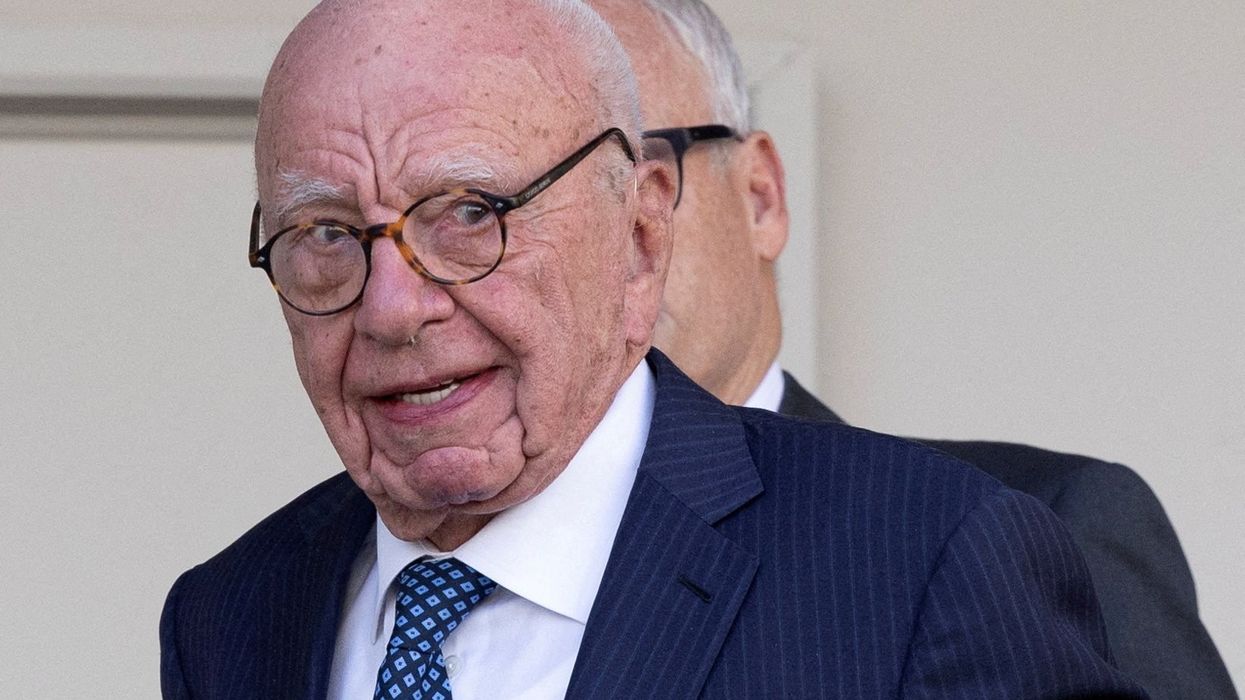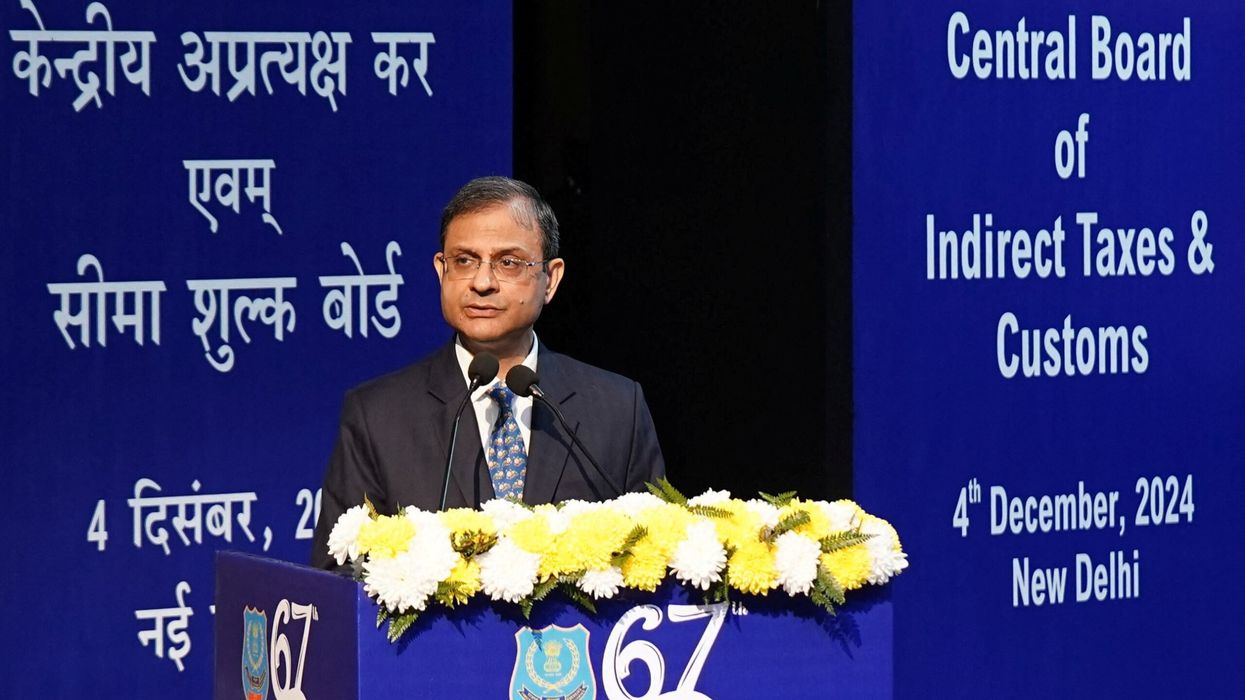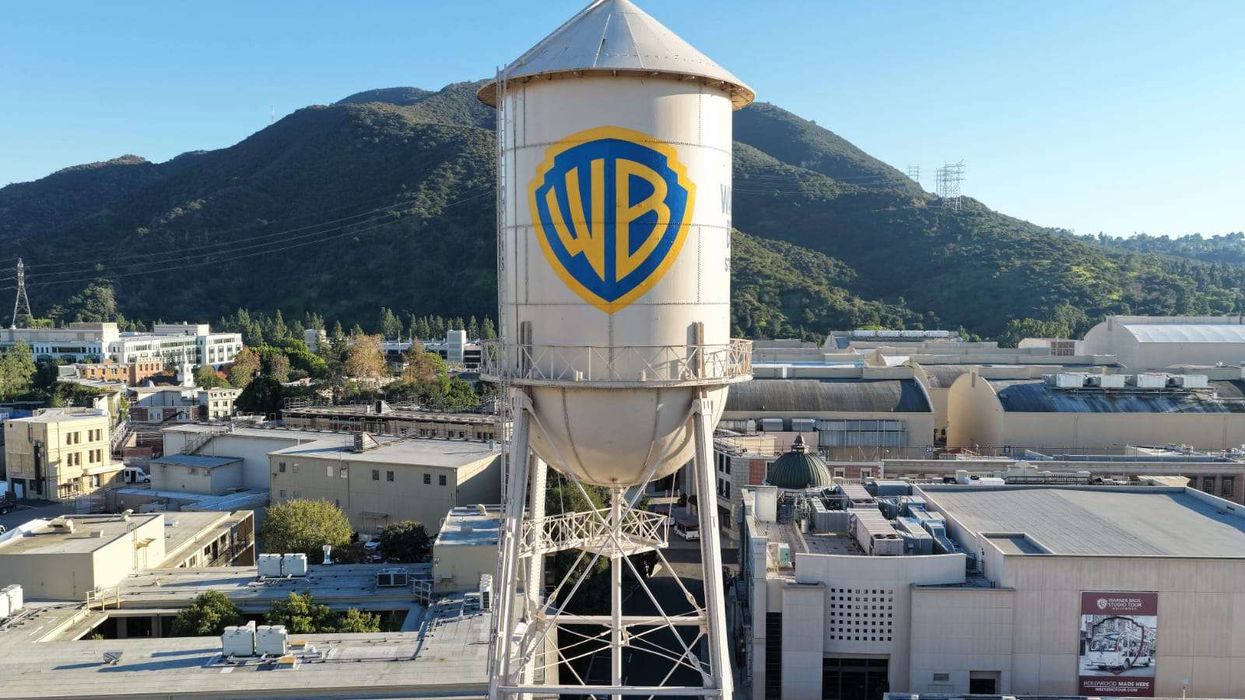by Howard Robin
THESE are confusing times for anyone wondering whether now is a good time to buy property in London. For one thing, there often seems little consistency around selling prices, with analysts noting how the market values of similar properties in the same areas can sometimes appear ‘random’ – with some rising, some falling and others staying flat.
According to Kate Faulkner, founder of the website PropertyChecklists: “There are as many different markets in one city (or area) as there are across the country.”
In many former property hotspots, prices are now stalling – while the number of transactions has fallen. The once booming buy-to-let market has been hit by tax hikes and an increase in regulations. With Brexit looming and climbing interest rates, the uncertain state of the economy is making many owner-occupiers believe that now is a high-risk time to buy or sell.
The uncertainty hovering over the market ratcheted up significantly this autumn after the governor of the Bank of England, Mark Carney, issued a stark warning that house prices could fall by 35 per cent over three years if Britain crashed out of Europe without a deal.
However, despite the uncertainty, many property experts believe the current market to be full of opportunity. Indeed, some believe that the uncertainty itself is the engine of the opportunities, throwing up conditions in which savvy purchasers can find a bargain. Across the country, the number of housing transactions has remained stable since 2014 at around 1.2 million a year. In London, however, transactions have fallen by a fifth during the same period and the slowdown has been especially noticeable in central or “prime” areas.
To a certain extent, the London slowdown has happened because a game of cat and mouse is being played out. Buyers are waiting longer and longer for sellers to drop asking prices, while many sellers are digging in their heels and refusing to budge.
This is evidenced by the fact that asking prices in prime areas of the capital are now around 10 per cent higher than selling prices, compared to a differential of less than three per cent in Birmingham and Manchester.
According to Richard Donnell, of property market analyst Hometrack, the message is gradually getting through to sellers that there are fewer purchasers around, which means buyers should be in a position to make higher demands.
Speaking at a recent Financial Times property conference, Donnell said: “In London we’re on a journey of price discovery. Buying a home is about finding the people who are serious about selling, who are happy to take that haircut on price to get on with their life. It takes a couple of years for sellers to take that on.”
Ed Mead, founder of property services company Viewber, believes both sides of a transaction can win. “I think it’s the best time there’s ever been to buy in London,” he said. “Most people sell because they want to buy something bigger. Say you’ve got a £1m house that’s now worth £850,000.
“You’re trying to buy your dream house, which might have cost you £3m three years ago, and you can probably buy it now for £2.25m. Who’s winning there?” Henry Pryor, an independent buying agent, said: “Uncertainty is bringing with it opportunity because people don’t know how their sale is going to go, or how far their budget will stretch. As a result, (some) people are jumping the wrong way. Sometimes people are selling for less than they might have been able to get and in other cases other people are sitting tight.”
For London buyers, the message from the ground seems clear: If you find a property you like but it seems too expensive, stick to your guns and hold out – as the vendor might come around to your way of thinking in time.
Elephant & Castle:
For anyone feeling that prime central London is still overpriced, it’s definitely worth considering some south of the river alternatives. One such area that has been completely transformed over the last few years is often-overlooked Elephant and Castle.
Once run-down, scruffy, crime-ridden and a traffic nightmare, this Zone 1 hub, situated just south of Waterloo, is developing a new image. Its regeneration has seen some swish new apartments going up, while plans are now in the pipeline to completely transform the old run-down shopping mall.
These factors, along with its bustling street food markets and close proximity to Tower Bridge, Borough, the City and West End (a 10-minute hop on the tube) make it an attractive proposition to those wanting a central location with a slightly lower price tag and an edgy vibe.
Consider the maths: you can expect to pay up to £600,000 per square foot for a luxury apartment in Mayfair or Hyde Park. In other words, unless you’re a multi-millionaire, or even billionaire, forget it. But a short hop across the river, a similar property at the Elephant would cost around £1,200 – hardly a pauper’s price, but as the market currently stands, probably better value for money.
As a long-term investment therefore, the Elephant bodes well. Given its geography, could it, in coming years, compete with the West End, the City and the rest of prime central London?
Given the quality of some of its newbuilds, the answer is probably yes. At Two Fifty One, a stunning 41-storey development in Southwark Bridge Road, luxury apartments with spectacular views and some of the capital’s hippest neighbourhoods nearby are attracting well-heeled buyers looking for the ultimate London experience.
Prices of one-bedroom apartments begin at £685,000, rising to £1,865,000 for the most spacious two-bedroom Select Ten 34th floor apartments overlooking iconic landmarks such as the Houses of Parliament, the London Eye, the Post Office Tower and Battersea Power Station.
These boast open-plan living-dining rooms, together with large enclosed winter gardens which are the perfect space for relaxing. Communal areas for residents within the block include a state-of-the-art gym, a cinema, and meeting and workspace areas.
Local cool and happening places include Mercato Metropolitano, an open plan urban market where you can enjoy food from around the world and on-site brewed craft beer, hear live music, and even be shown how to create miniature landscapes. For culture vultures, the acclaimed Southwark Playhouse is across the road from the market, while the South Bank complex is within walking distance.
Walworth:
Brave purchasers who are prepared to take an informed punt on the capital’s emerging new frontiers can reap good returns despite the fact that the overall market has stalled.
The key to a winning purchase is to focus on areas where the seeds of regeneration are being sown. Urban renewal and new housing developments are frequently sparked by new transport connections or new commercial or cultural ventures.
South of the river, the launch of the Tate Modern gallery had a dramatic effect on the surrounding Bankside area. And across the whole of south London, the long-needed major upgrade to the Overground completely re-energised the housing market. Such factors should be noted by anyone looking to buy “undervalued” property in the capital.
One rapidly improving and relatively affordable area to consider is Walworth, fewer than than two miles south of Charing Cross. It’s a Zone 2 area on the border of London’s main employment hubs of the West End, City and Canary Wharf.
For the past few decades, the area has had a decidedly unkept feel and a downat-heel reputation, partly based on its surfeit of post-war council estates.
This is a shame because Walworth, whose major streets are Old Kent Road, New Kent Road and Walworth Road, contains many hidden gems such as the bustling East Street Market and stunning St Peter’s Church, a Victorian masterpiece designed by Sir John Soane. And venture further off its main thoroughfares and you will find period gems like Sutherland Square and some splendid terraces of period houses.
There is no doubt Walworth’s star is in the ascendant. The neighbourhood is being spruced up. One new apartment block is The Levers in Walworth Road developed by housing charity Peabody. Prices start from around £440,000 and shared ownership is available.
Another new development, Walworth’s Manor Place Depot site, acquired by Notting Hill Genesis in November 2013, will include 270 residential homes with a mix of market, intermediate and affordable homes. Of these, 166 will be for private sale, 60 for shared ownership and 44 for social rent.
Alongside the new homes, there are plans to develop a commercial space within under-utilised existing buildings and the railway arches that cut through the site.
Kennington:
A new transport hub is about the biggest spur there is to home building. One ongoing transport project creating property waves is the Northern line extension from Kennington to Battersea, due to open in 2020.
The two-mile extension will run from Kennington to Battersea, terminating at the redeveloped Battersea Power Station. Two new underground stations will be built at Battersea Power Station and Nine Elms and serve a new embassy district including, among others, the United States embassy and the Dutch embassy.
Anticipating huge demand, developers have been constructing a sparkling new residential neighbourhood along the length of the extension. Between Vauxhall and Nine Elms, Barratt is creating 647 flats at Nine Elms Point, with prices beginning at £620,000.
Located just a mile from the Houses of Parliament, Kennington has long been home to a significant number of MPs as an affordable alternative to Westminster. The neighbourhood’s fine Victorian terraces and elegant Georgian squares have presented architectural barriers to large scale modern developments, but estate agents believe that the transformation of surrounding areas along with the new tube link could drive up property values.
Kennington is close to the Thames and roughly equidistant between two bridges, Vauxhall and Lambeth. Given the huge demand for riverside apartments, developers have not been slow to capitalise and one of the latest such developments, by Taylor Wimpey, is Palace View which has sprung up on the site of a former unsightly office block by Lambeth Bridge with apartments priced from £880,000.
Camberwell:
With south-east London’s Brixton and Peckham now regarded as among London’s hippest areas, it should come as no surprise that Camberwell, sandwiched between the two, is now seen by developers as a hot property frontier.
Where nightlife goes, development generally follows, and Camberwell is now being boosted by substantial regeneration. Its central hub Camberwell Green has been smartened up with new developments such as Camberwell Fields and Camberwell on the Green breaking local price records.
Artisan businesses, bicycle cafes and gastropubs have all been springing up in the area, which, it must be admitted, has traditionally enjoyed something of a mixed reputation due to its close proximity to some tough council estates.
According to the website Rightmove, you can expect to pay around £440,000 for an apartment in Camberwell. This may be beyond the budget of many firsttime buyers, but there are alternative ways of getting onto the housing ladder.
Housing association Peabody is offering shared ownership schemes specifically aimed at young professional first-time buyers looking to purchase a property in a well-connected, prime Zone 2 location.
One of its newest developments, The Elmington, offers shared ownership of one-bedroom apartments from £114,750 for a 30 per cent share. Purchasers need to have a combined household income of between £42,710 and £47,290 and put down a minimum deposit of £17,438. The cost of a 30 per cent share of a two-bedroom flat is £143,250, and purchasers’ combined income must be around £54,000.
Three-bedroom flats at The Elmington begin at £164,250 for a 30 per cent share. Exceptionally for shared ownership schemes in the capital, there are even three-bedroom townhouses available. These start at £200,250 for a 30 per cent share and are aimed at couples with children who have been priced off the housing ladder.
The Elmington is close to some high performing schools and within a fiveminute cycle of the nightlife of both Brixton and Peckham. Denmark Hill is the closest station, within a 15-minute walk.
Camberwell is also served by an exceptionally large number of bus routes, making it possible to get to Waterloo, Victoria or Blackfriars within 20 minutes. Camberwell’s SE5 postcode includes a particularly wide array of housing.
Within this postcode, roughly bounded by Burgess Park and Denmark Hill on its north and south fringes, you will find modern apartments, former council flats now owned by leaseholders, Victorian artisan cottages, large period conversions and some striking Georgian houses.
Given Camberwell’s proximity to central London, there is little available for under around £350,000. However, if you search carefully there are lower-priced properties available, particularly among the former council flat category, while two-bedroom flats above shops can go for under £400,000.












